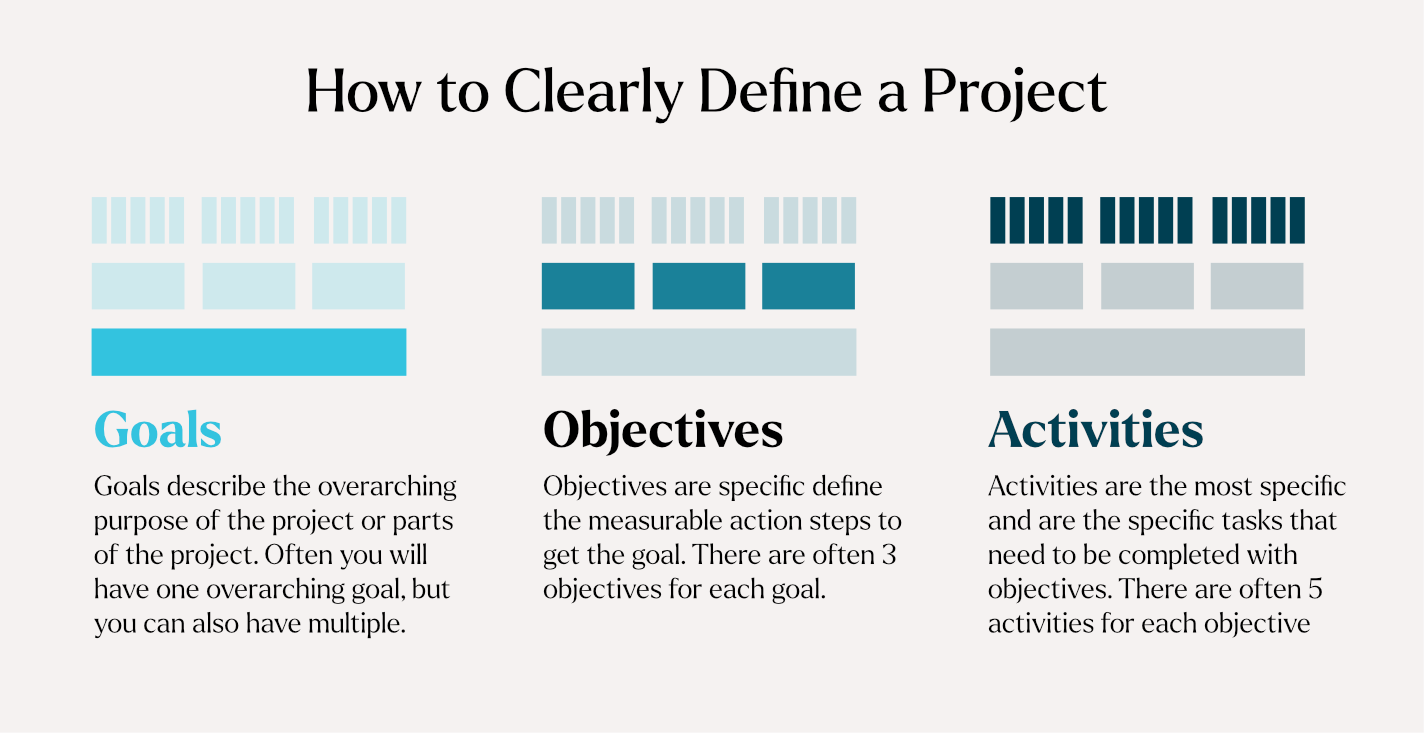With more than $50 Billion of funding, this Federal Grant Windfall after the global pandemic represents a once-in-a-lifetime opportunity for Tribal Nations. As funds are being released over the next 5 years (2022-2027) through federal and state grants, now is the time for Tribal leaders and staff to have a strong understanding of the grant system, how to assess grants, and how to write grants.
In this article, we aim to give you basic tools to help you assess which grants best match your needs, and things to consider in order to win funding. Our goal is to help you secure funding to address the essential needs of the community, and to make a multi-generation impact in your communities.
“I don’t think that it’ll ever happen again… but it’s here now, and it’s time for us Indian Country as a whole to maximize its value… It’s up to us as Tribal Leaders to go out and make sure we’re maximizing our best effort to put forth and grab these funds or these dollars.” –Chairman Isaiah Vivanco
The Basics: What are Grants?
A grant is a financial award that allows Tribes to fund operations of programs or special one-time projects. Grants are relational agreements, requiring both the federal/state grantor and the Tribal grantee to agree to specific terms. It is important to remember this relational aspect of grants to increase competitiveness of applications and ensure adherence to grant requirements.
The Relational Aspects of Grants
There are multiple types of grants that Tribes are eligible for: federal, state, local, and private. Funds are available to Indian Country through all of these types of grants, and it is important to ensure that your staff is considering funding from all potential sources. As stated above, each source will have varying objectives, and projects may better fit some grant programs than others.
Assessing Grants
How do I know if a grant is a good fit for my Tribe’s project? With the wealth of opportunities available to Indian Country, it becomes very important for Tribes to be careful in assessing which grant programs to seek funding through. In many cases, there will be multiple grant opportunities that may be a fit for a project or multiple projects that could seek the same grant. However, while a project may be eligible for a funding source, it doesn’t mean that it is the best fit. There are two key considerations that need to be taken into account when developing a grant strategy for your Tribe’s projects:
- Has clear and thorough planning been completed for my project?
- Is this funding source the best available fit for my project?
There are a number of key questions to answer for both of these considerations. Using the below rubric provides a good starting point for analyzing projects and grants.
Through a clear understanding of each of these criterias, staff and leadership can make well-informed decisions about whether to move forward with a grant opportunity.
Winning Grants
How do I write a successful grant application? Writing successful grant applications can be a challenging prospect, particularly with the limited amount of grant writers available and large amounts of grants being released. However, there are a few tenets of grant planning, strategizing, and writing that should be kept in mind over the next five years.
Delegate Planning to Department or Program Staff
The planning aspects of grant writing require a lot of time and effort from grant writers that takes away from the actual writing of grant applications. Transferring planning responsibilities to government staff can increase the capacity of the overall Tribal system to write grants.
Emphasize Your Need and Support It With Data
A successful grant application will all derive from the need that the grant is seeking to address. A need narrative must be clearly defined and organized, and involve quality data analysis. This data can partially be secondary economic and census data, but must also involve data specific to the Tribal community.
Ensure Your Projects Have Clear Goals, Objectives, & Activities
Successful grant proposals have clearly defined goals, objectives, and activities for what they want to achieve.
All Aspects of Your Grant Application Should Validate the Others
Project strategies and activities must address the project needs. The goals and objectives should lead directly to the outcomes. The activities need to be clearly accounted for in the budget.
Lessons from Case Studies
Projects have many different types of objectives and intentions behind their completion, just like grant programs. Even projects and grants that involve the same activities can have different objectives. The below example shows how three different road projects and grant sources can all have varying objectives.
Case Study A:
Case Study B:
Case Study C:
While each of the above projects and grants are related to roads, each has slightly differing objectives. Each project could likely apply to any of the grant programs, but each has a best fit program.
Conclusion
The federal grant windfall is an opportunity to capture significant funds for your Nation, but more importantly, it is a once-in-a-lifetime opportunity to build a better future for the next generations. In order to capture this opportunity, it’s essential that Tribal Leadership and staff have a strong grasp on grant programs and how to win them. Keep in mind the following key takeaways:
- Grants are relational, with both the Tribe and funder having specific objectives and entering into specific legal terms.
- Not all projects are ready for grants and not all grants are a good fit for projects. Assessing grant and project criteria will protect the Tribe and support successful implementation of projects.
- A successful grant application is founded on strong planning, quality data, clear objectives, and good writing. Getting staff involved in the planning and recruiting a strong grant writer are the keys to turning an idea into an award.

